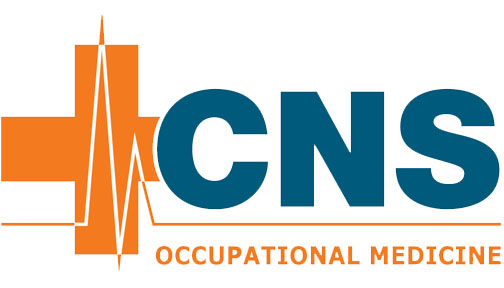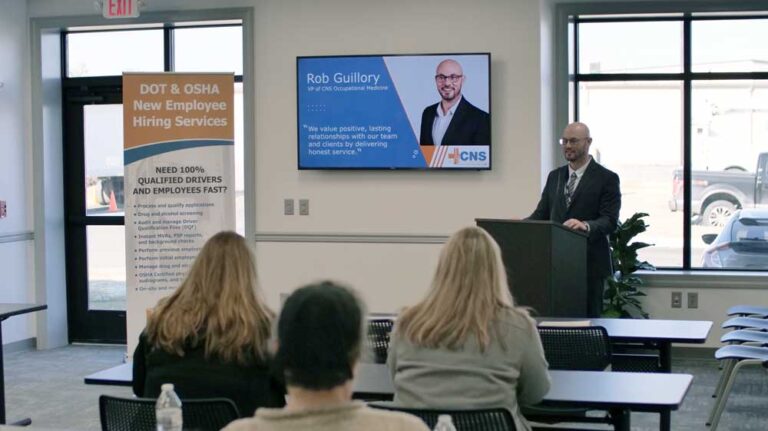What is Polio?
It is a disabling and life-threatening disease caused by the poliovirus. It infects a person’s brain and spinal cord causing paralysis. There are three strains; types 2 and 3 have been eradicated however, type 1 is still present in some parts of the world.
Signs and Symptoms
Most people do not have visible symptoms. About 1 out of 4 infected persons will have flu-like symptoms that may include:
These symptoms last from 2-5 days and then go away,
- Sore throat
- Fever
- Fatigue
- Nausea
- Headache
- Stomach pains
More serious symptoms in a small set of people include,
- Paresthesia
- Meningitis,
- Paralysis (arms and legs), most severe symptom and can lead to permanent disability and death.
How does Polio spread?
Although extremely rare in the United States, polio is very contagious and remains a problem in some parts of the world. It spreads from person to person in one of two ways; infected persons share the virus through their feces and the virus can then spread to others when they consume contaminated food or water. Another way is that the virus enters the body through the mouth or nose into the digestive and respiratory tract. It multiplies in the throat and intestines into the bloodstream. It can attack the nervous system which is the network that helps the brain communicated with the rest of the body. The virus can be transmitted even if the infected person does not appear to be sick.
What are the complications of Polio?
- Post-polio syndrome (fatigue, muscle atrophy, weakness, pain in joints, scoliosis)
- Difficulty breathing
- Difficulty swallowing
- Difficulty sleeping
- Temporary or permanent muscle paralysis
- Disability
- Bone deformities
- Death
How do you prevent Polio?
There are two types of vaccines. Inactivated poliovirus vaccine (IPV) given in the arm or leg depending on the age; this is the only type of vaccine used in the United States since 2000. The oral polio vaccine (OPV) is still used throughout much of the world.
Who should get the Polio Vaccine?
- Everyone who did not get it or complete the 4-shot series as a child.
- Children 2 months old and older
- Adult series (3 injections). First dose can be given at any time. Second dose a month or two after the first dose, and the third dose should be given 6 to 12 months after the second dose.
- A booster is recommended for those who work in a lab with the potential of encountering the virus; those working with patients who may have been exposed to polio, and anyone traveling to countries with polio risks.






